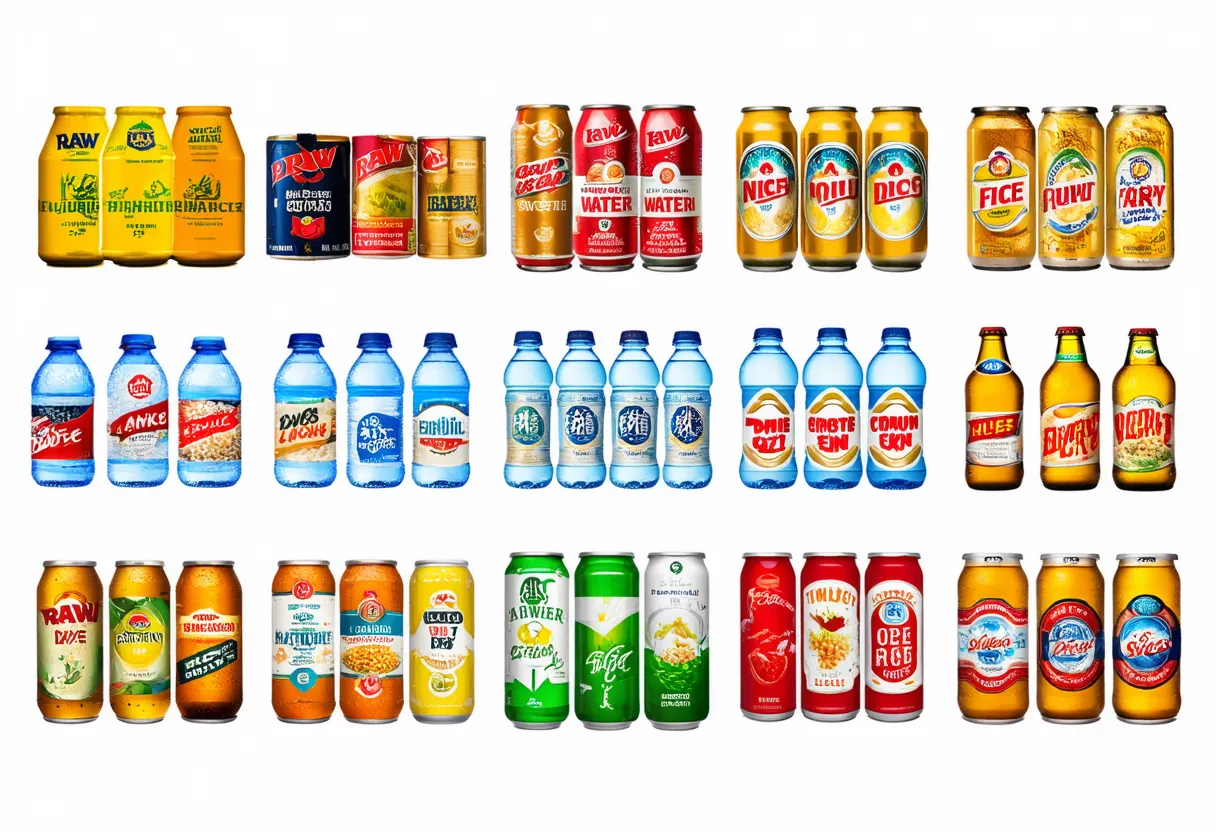Guinea-Bissau, with a population of 2,105,566, is ranked 142nd in the world, just behind Slovenia. Located in West Africa, it covers a total area of 36,130 square kilometers, ranking 128th globally, just below Bhutan.
Guinea-Bissau’s economic position in 2022 shows a GDP of 1,633,559,092.08 USD, ranking 173rd globally. It falls behind Antigua and Barbuda, which has a GDP of 1,867,733,333.33 USD. The GDP per capita in Guinea-Bissau is 775.83 USD, ranking also 173rd worldwide.
It is surpassed by Gambia, The, with a GDP per capita of 808.28 USD. Despite facing challenges, Guinea-Bissau is working towards economic growth and stability to improve the living standards of its population.
What are the economic activities of Guinea-Bissau?
- Primary activities: 50% of GDP.
- Secondary activities: 13.1% of GDP.
- Tertiary activities: 36.9% of GDP.

Primary Sector of Guinea-Bissau
Guinea-Bissau’s primary sector is predominantly focused on agriculture due to its favorable climate and abundant natural resources. With 28.98% of the land dedicated to agriculture, the country produces a variety of crops like rice, groundnuts, cashews, root vegetables, oil palm fruit, plantains, cassava, vegetables, sweet potatoes, and coconuts.
Despite agriculture contributing 50% to the GDP, it plays a crucial role in the economy by providing employment and sustenance to a large part of the population. The diversity of crops and animal products highlights the significance of agriculture in Guinea-Bissau, ensuring food security and livelihoods for many.
With a diverse geological landscape, Guinea-Bissau boasts abundant natural resources. Fish, timber, phosphates, bauxite, clay, granite, and limestone contribute significantly to the economy. Additionally, unexploited petroleum deposits hold potential for future growth.
Secondary Sector of Guinea-Bissau
What is the secondary sector or what are secondary activities?
The secondary sector encompasses industries that transform raw materials into finished products for consumption. In Guinea-Bissau, main industrial products include agricultural products processing, beer, and soft drinks. These products are manufactured for domestic consumption and export, contributing to the country’s economic growth and development.
Manufactures in Guinea-Bissau’s total exports are not significant, accounting for a low percentage in 2023. The country relies more on other sectors for its export revenue.
Tertiary sector of Guinea-Bissau
What is the tertiary sector or what are tertiary activities?
The tertiary sector, also known as the service sector, encompasses activities where individuals provide knowledge and time to enhance productivity and meet needs. It involves intangible goods like advice and expertise. In Guinea-Bissau, the main tertiary activities include healthcare and medical care, education and training, banking and finance, communication and information exchange, tourism and hospitality, transportation and logistics, and security and protection.
In particular, Guinea-Bissau’s tourism industry is relatively insignificant, with only 52,400 annual arrivals, accounting for a minuscule portion of its population. This suggests that tourism plays a minor role in the country’s economy, with limited potential for growth and development in this sector.
Another example of tertiary economic activity is the mobile cellular sector, which boasts approximately 2.7 million subscriptions, equating to 126 per 100 inhabitants. This connectivity fosters technological growth, enabling innovation and digital services.
Military Activities and Economic Sectors of Guinea-Bissau
The military is a clear example of how different economic activities work together. In Guinea-Bissau, the primary sector helps by providing resources needed for military use. The secondary sector focuses on making military equipment. The tertiary sector includes services like training and support. The quaternary sector involves research and development for better military technology, while the quinary sector deals with high-level decisions and strategies for defense.
In 2023, Guinea-Bissau’s military expenditure was $25.3 million, which is 1.6% of its GDP. The country has an active military force of 4,450 personnel. This means there are about 2.4 active military members for every 1,000 people in the country.
International Trade of Guinea-Bissau
Import Activities of Guinea-Bissau

Guinea-Bissau’s import activities are crucial, accounting for 24.67% of GDP, totaling $403 million in 2023.
Guinea-Bissau’s major import activities include refined petroleum, steel, rice, flavored water, and beer. Its top import partners are Portugal (34%), Senegal (22%), China (14%), Netherlands (6%), and Spain (3%).
Exports Activities of Guinea-Bissau

Export activities in Guinea-Bissau play a medium importance role, accounting for 13.53% of GDP. In 2023, total exports reached $221 million, contributing significantly to the country’s economy.
Guinea-Bissau primarily exports coconuts, Brazil nuts, cashews, fish, fish oil, palm oil, and dried fruits. Its main export partners are India (92%), Cote d’Ivoire (2%), Togo (2%), Netherlands (1%), and South Korea (1%).
Guinea-Bissau economy challenges in 2024
Guinea-Bissau faces challenges in 2024 with its poor economy, diverse workforce, rising government spending, inflation from food shortages, cashew exports, unstable banks, corruption, and susceptibility to oil price changes.




Leave a Reply